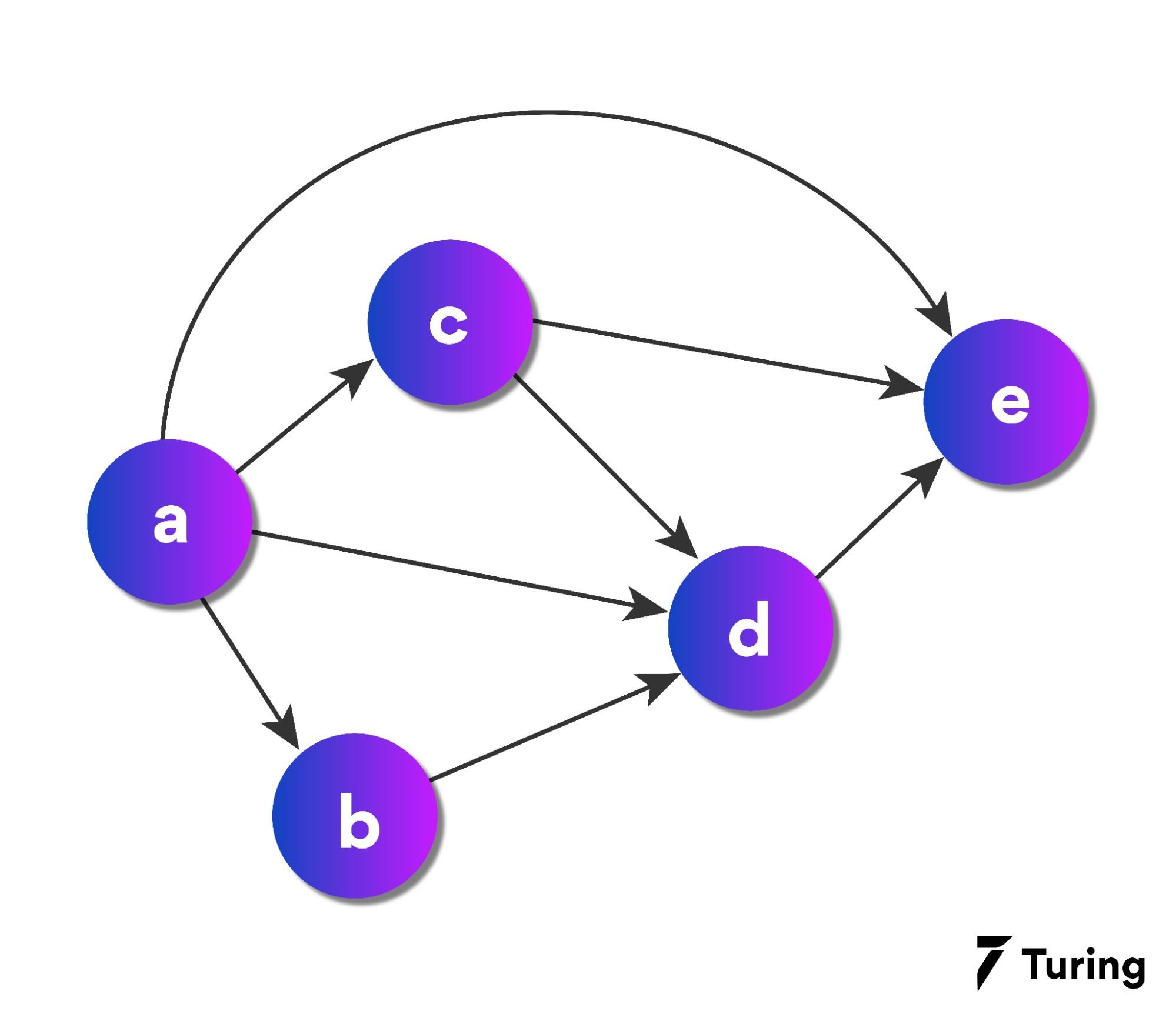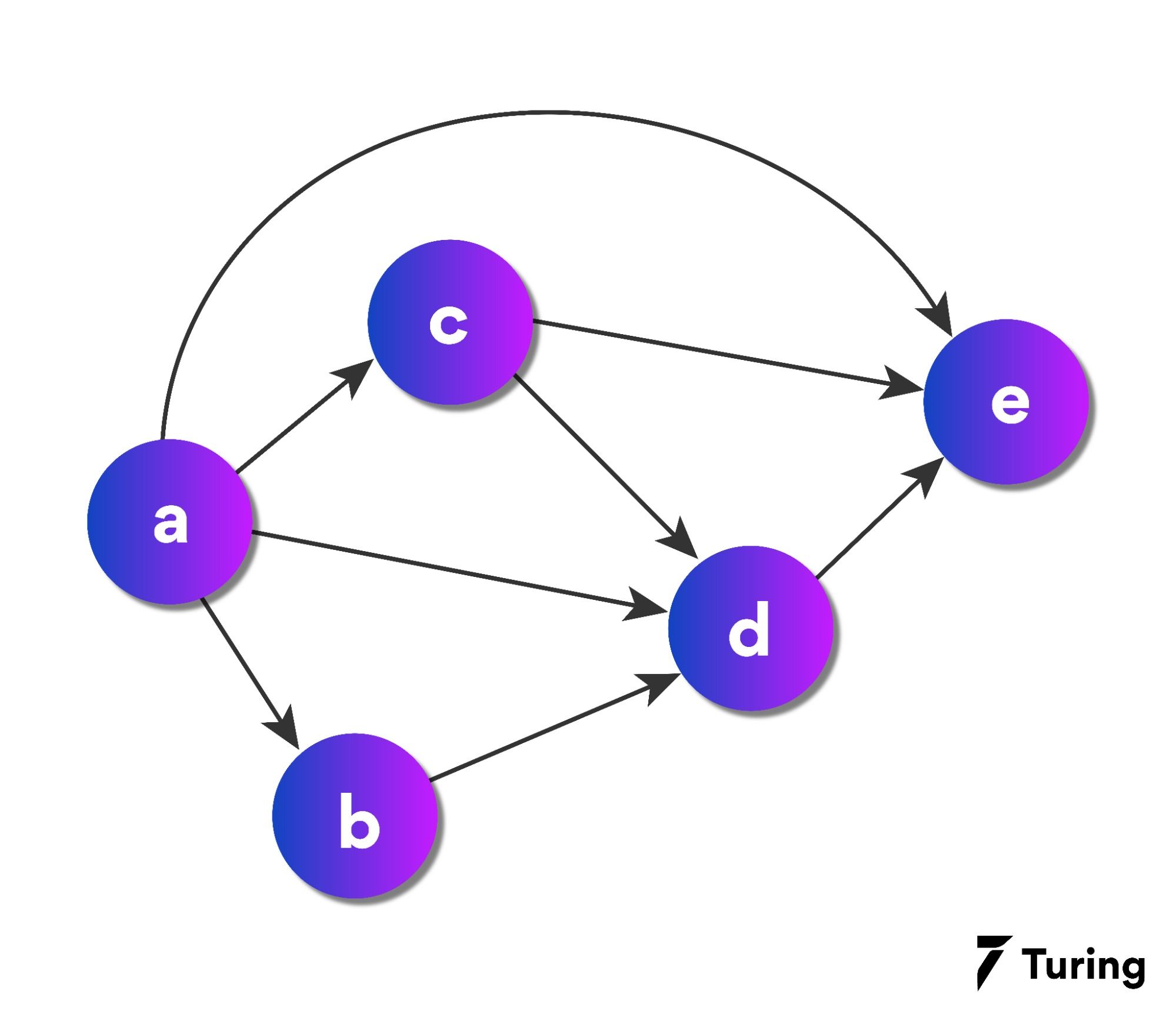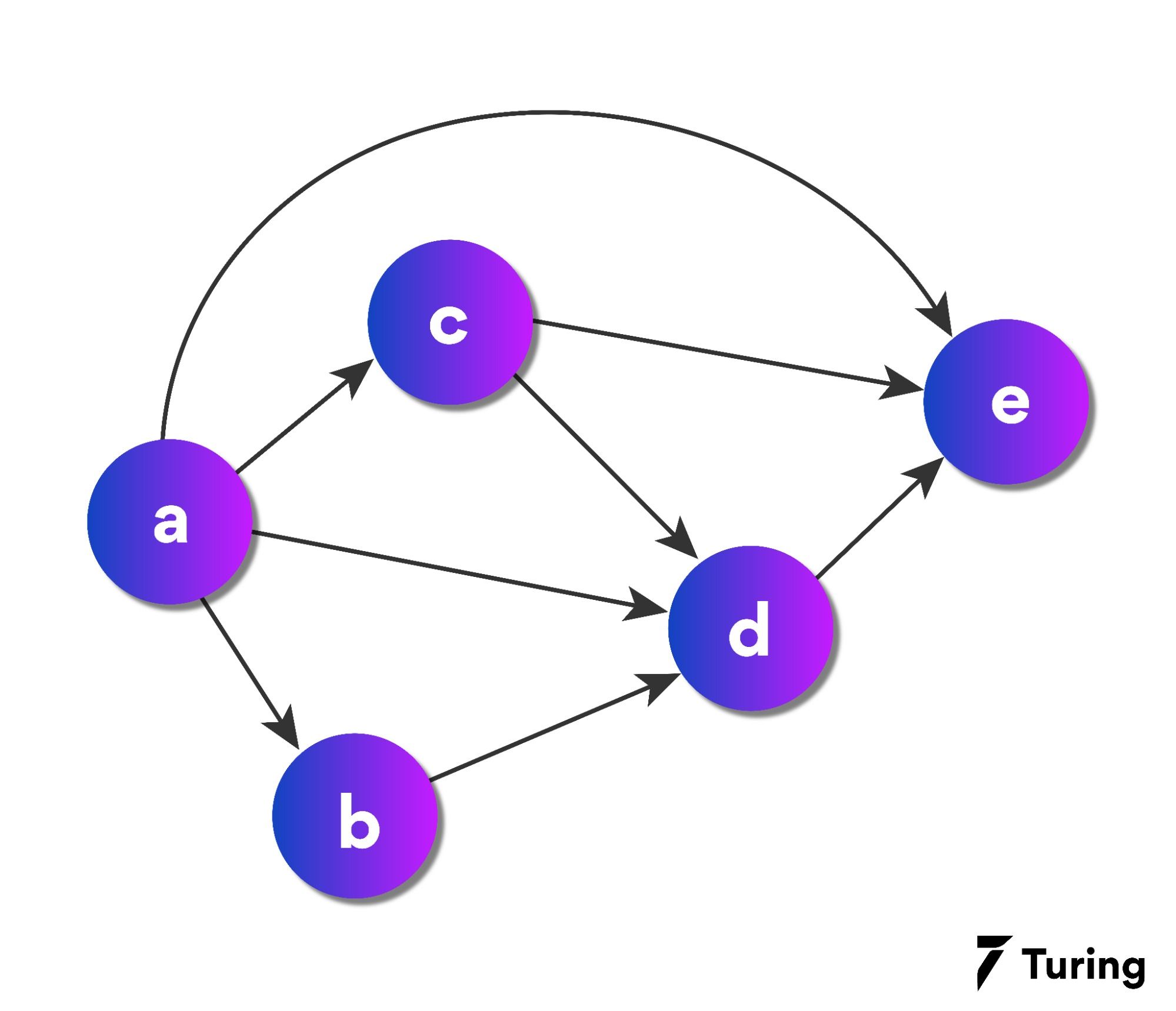The Beauty of Bayesian Inference in AI: A Deep Dive into Probability Theory
Probability theory, a fundamental pillar of mathematics, has long intrigued scholars and practitioners alike with its ability to predict outcomes and help us understand the likelihood of events. Within this broad field, Bayesian inference stands out as a particularly compelling concept, offering profound implications for artificial intelligence (AI) and machine learning (ML). As someone who has navigated through the complexities of AI and machine learning, both academically at Harvard and through practical applications at my firm, DBGM Consulting, Inc., I’ve leveraged Bayesian methods to refine algorithms and enhance decision-making processes in AI models.
Understanding Bayesian Inference
At its core, Bayesian inference is a method of statistical inference in which Bayes’ theorem is used to update the probability for a hypothesis as more evidence or information becomes available. It is expressed mathematically as:
Posterior Probability = (Likelihood x Prior Probability) / Evidence
This formula essentially allows us to adjust our hypotheses in light of new data, making it an invaluable tool in the development of adaptive AI systems.
The Mathematics Behind Bayesian Inference
The beauty of Bayesian inference lies in its mathematical foundation. The formula can be decomposed as follows:
- Prior Probability (P(H)): The initial probability of the hypothesis before new data is collected.
- Likelihood (P(E|H)): The probability of observing the evidence given that the hypothesis is true.
- Evidence (P(E)): The probability of the evidence under all possible hypotheses.
- Posterior Probability (P(H|E)): The probability that the hypothesis is true given the observed evidence.
This framework provides a systematic way to update our beliefs in the face of uncertainty, a fundamental aspect of learning and decision-making in AI.
Application in AI and Machine Learning
Incorporating Bayesian inference into AI and machine learning models offers several advantages. It allows for more robust predictions, handles missing data efficiently, and provides a way to incorporate prior knowledge into models. My work with AI, particularly in developing machine learning algorithms for self-driving robots and cloud solutions, has benefited immensely from these principles. Bayesian methods have facilitated more nuanced and adaptable AI systems that can better predict and interact with their environments.
Bayesian Networks
One application worth mentioning is Bayesian networks, a type of probabilistic graphical model that uses Bayesian inference for probability computations. These networks are instrumental in dealing with complex systems where interactions between elements play a crucial role, such as in predictive analytics for supply chain optimization or in diagnosing systems within cloud infrastructure.
Linking Probability Theory to Broader Topics in AI
The concept of Bayesian inference ties back seamlessly to the broader discussions we’ve had on my blog around the role of calculus in neural networks, the pragmatic evolution of deep learning, and understanding algorithms like Gradient Descent. Each of these topics, from the Monty Hall Problem’s insights into AI and ML to the intricate discussions around cognitive computing, benefits from a deep understanding of probability theory. It underscores the essential nature of probability in refining algorithms and enhancing the decision-making capabilities of AI systems.
The Future of Bayesian Inference in AI
As we march towards a future enriched with AI, the role of Bayesian inference only grows in stature. Its ability to meld prior knowledge with new information provides a powerful framework for developing AI that more closely mirrors human learning and decision-making processes. The prospective advancements in AI, from more personalized AI assistants to autonomous vehicles navigating complex environments, will continue to be shaped by the principles of Bayesian inference.
In conclusion, embracing Bayesian inference within the realm of AI presents an exciting frontier for enhancing machine learning models and artificial intelligence systems. By leveraging this statistical method, we can make strides in creating AI that not only learns but adapts with an understanding eerily reminiscent of human cognition. The journey through probability theory, particularly through the lens of Bayesian inference, continues to reveal a treasure trove of insights for those willing to delve into its depths.
Focus Keyphrase: Bayesian inference in AI


